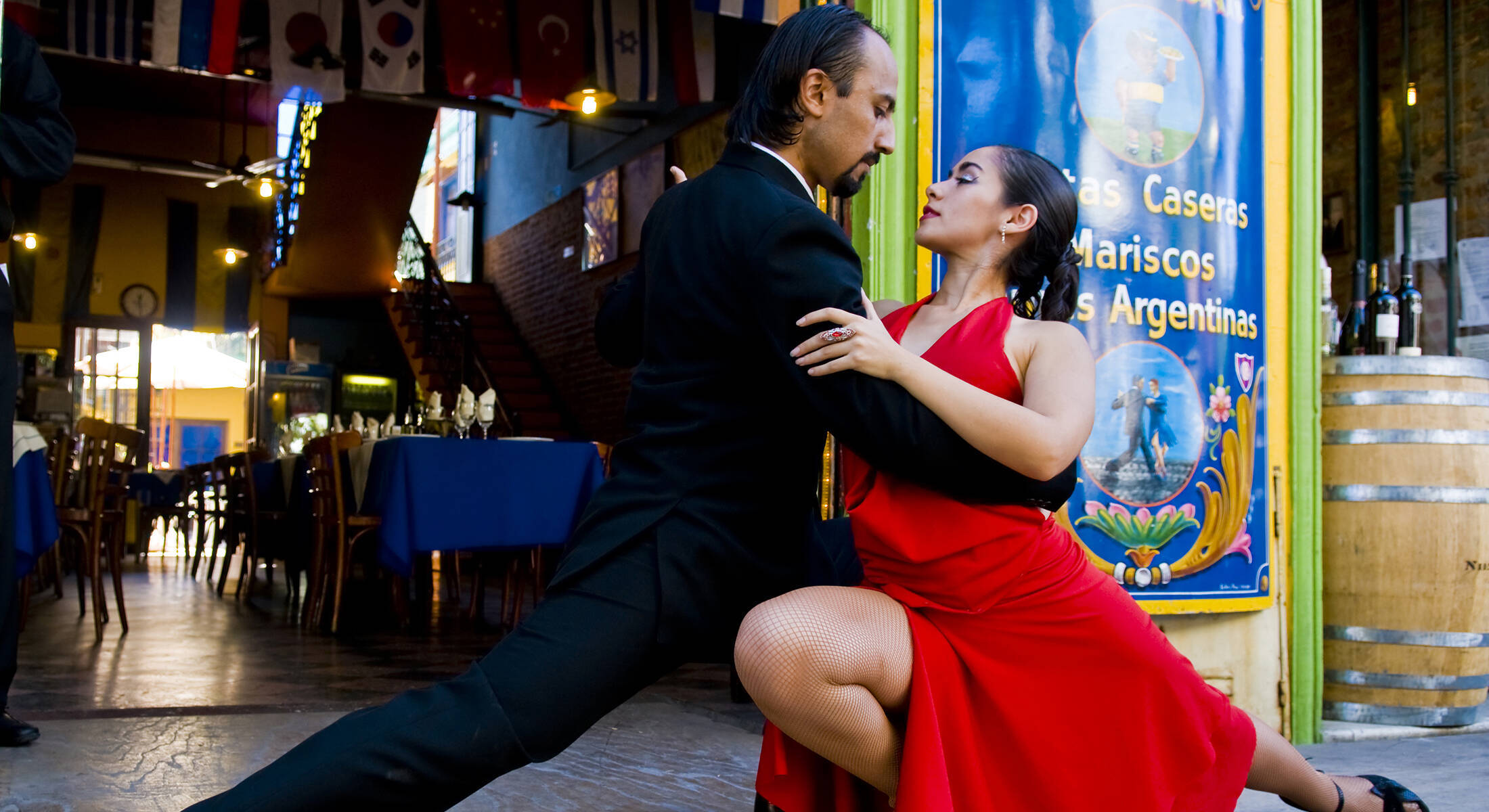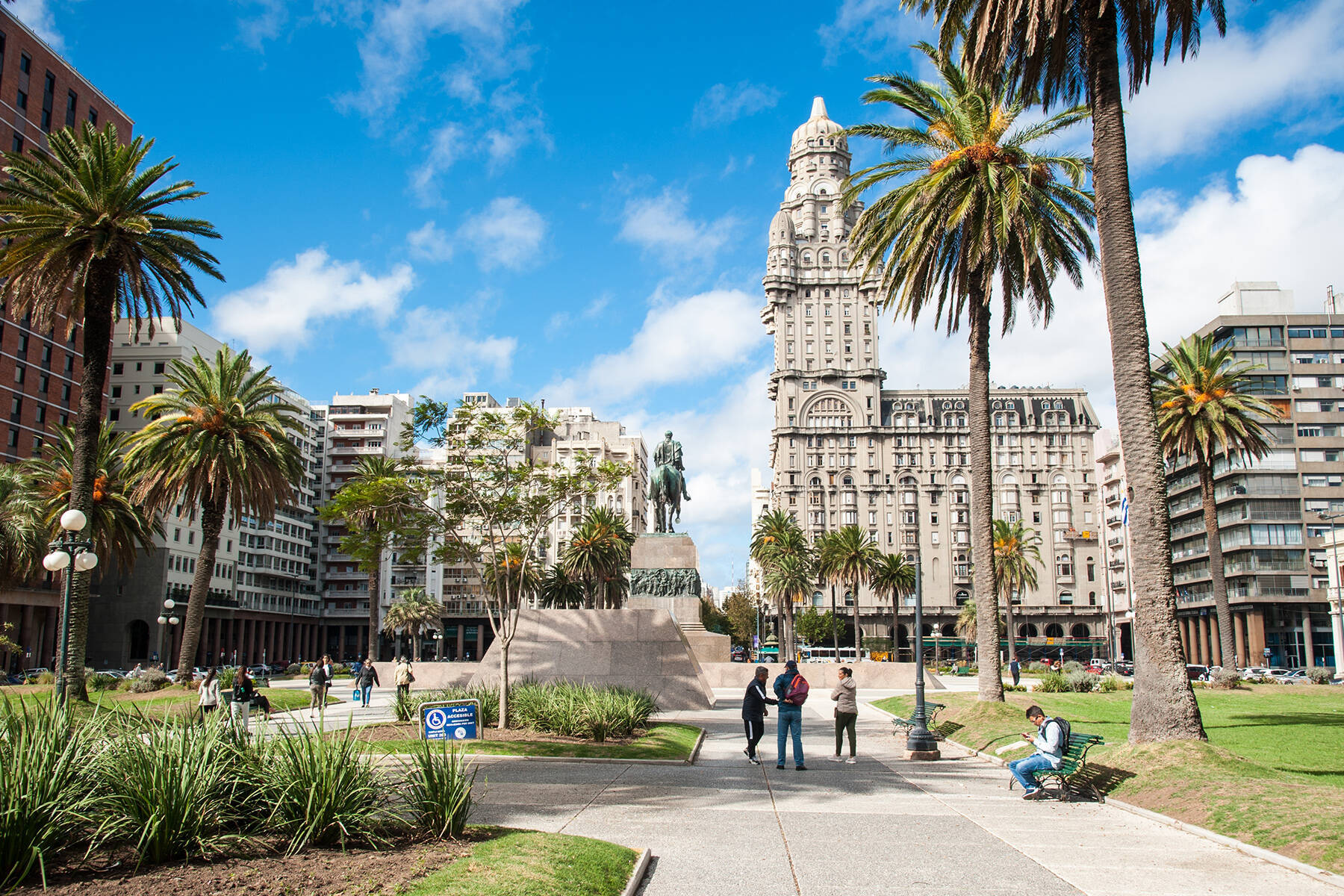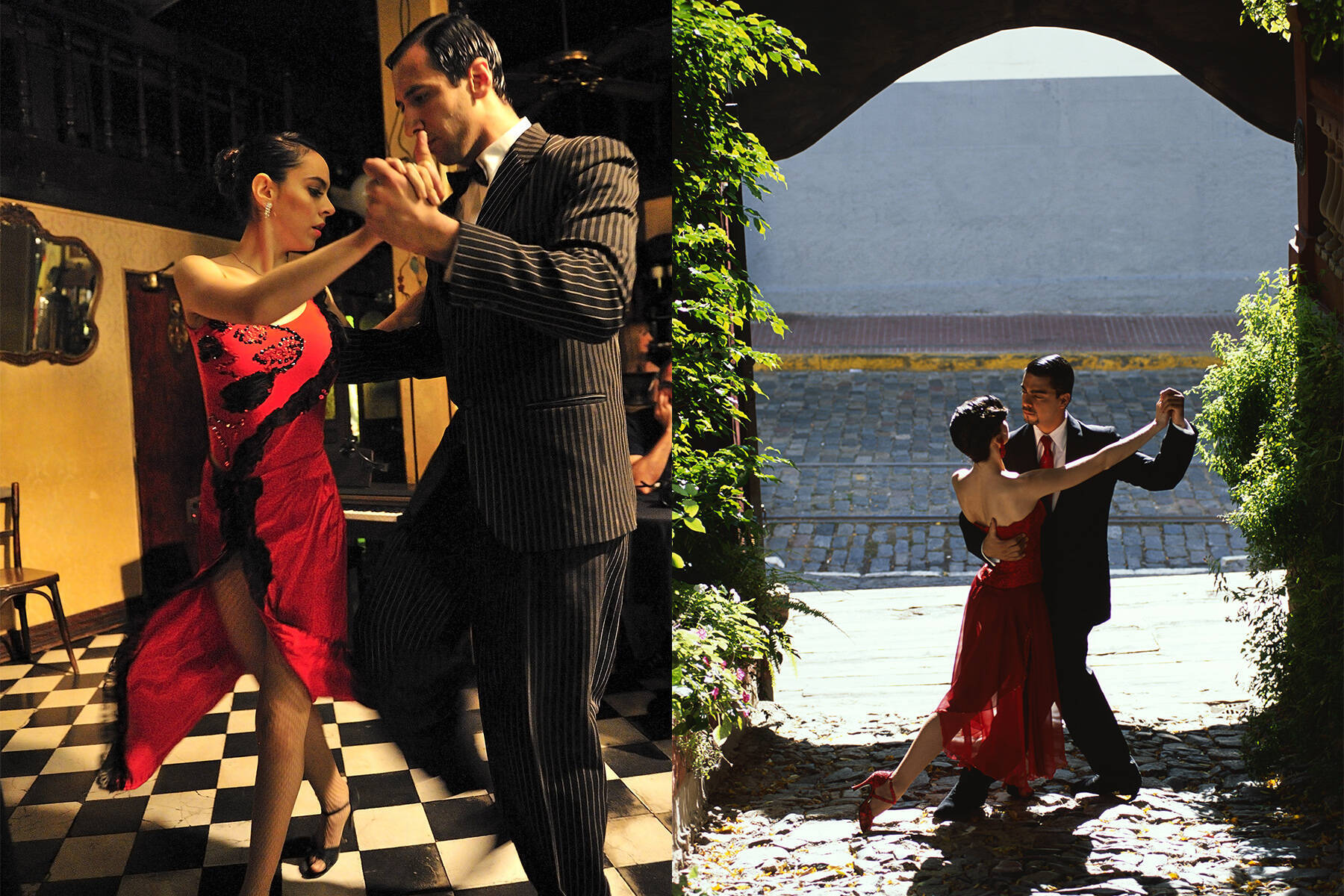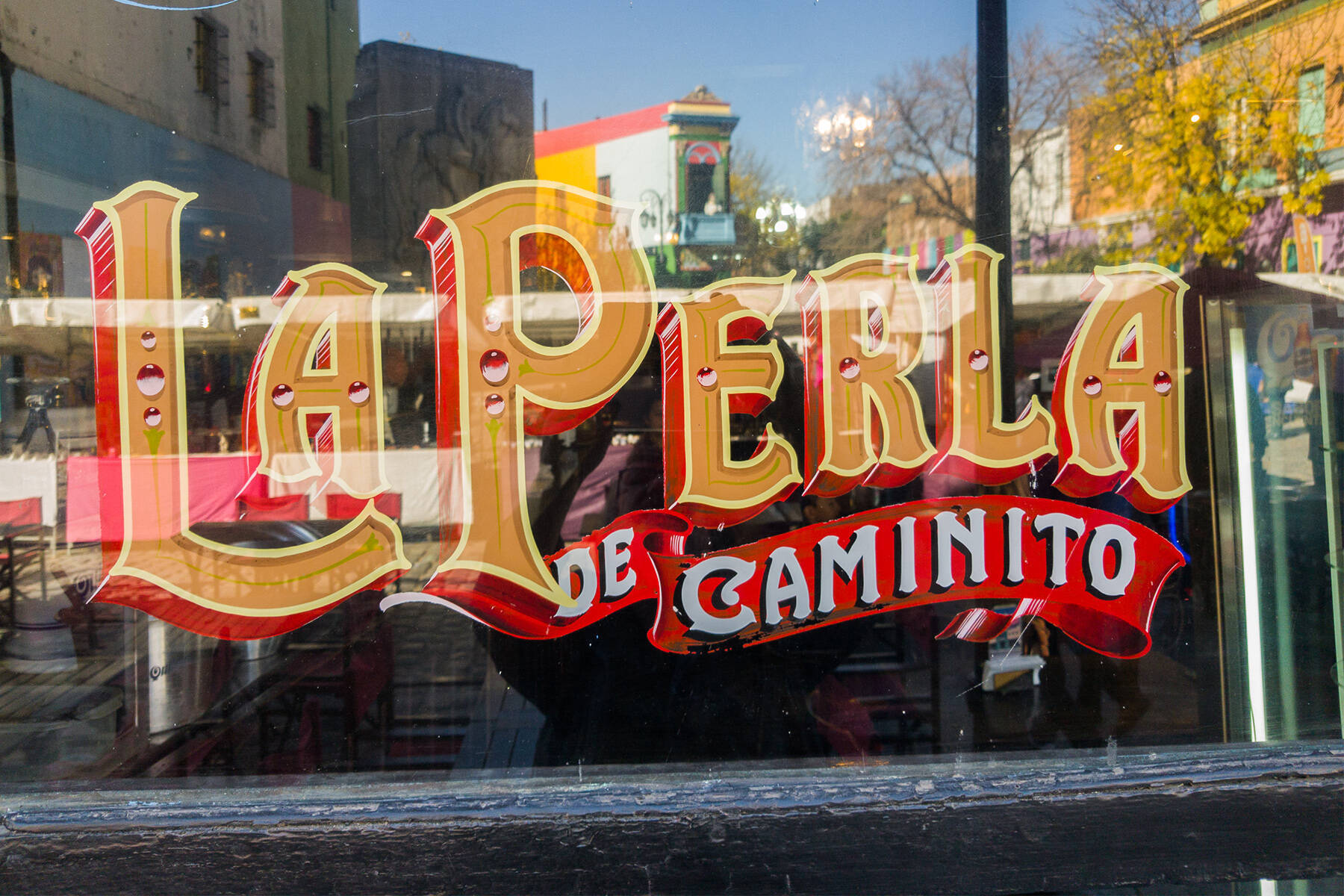Performed in smoky, parquet-floored clubs on the edge of town, tango was born from flirting with the forbidden: weathered gauchos swivelling with strappy-heeled ladies, sultry looks, and bandoneón ballads. Telling stories of nostalgia, heartbreak, and loss, it is said that the tango is a Greek tragedy condensed into a single song. Considered salacious by Argentine and Uruguayan societies, it was repudiated until it landed in the bourgeois dance halls of Paris, Vienna, and St. Petersburg before WWI, thus prompting the South American elite to reclaim it.
The early dances were characterised by lively flicks and exuberant music, but by the 1920s, tango had matured into a silky, duple-metre ballroom step. Today, new iterations are evolving, with young people sampling distinctive tango rhythms over techno, along with the burgeoning queer tango scene seducing a new generation back to the dance floor.




















Comments